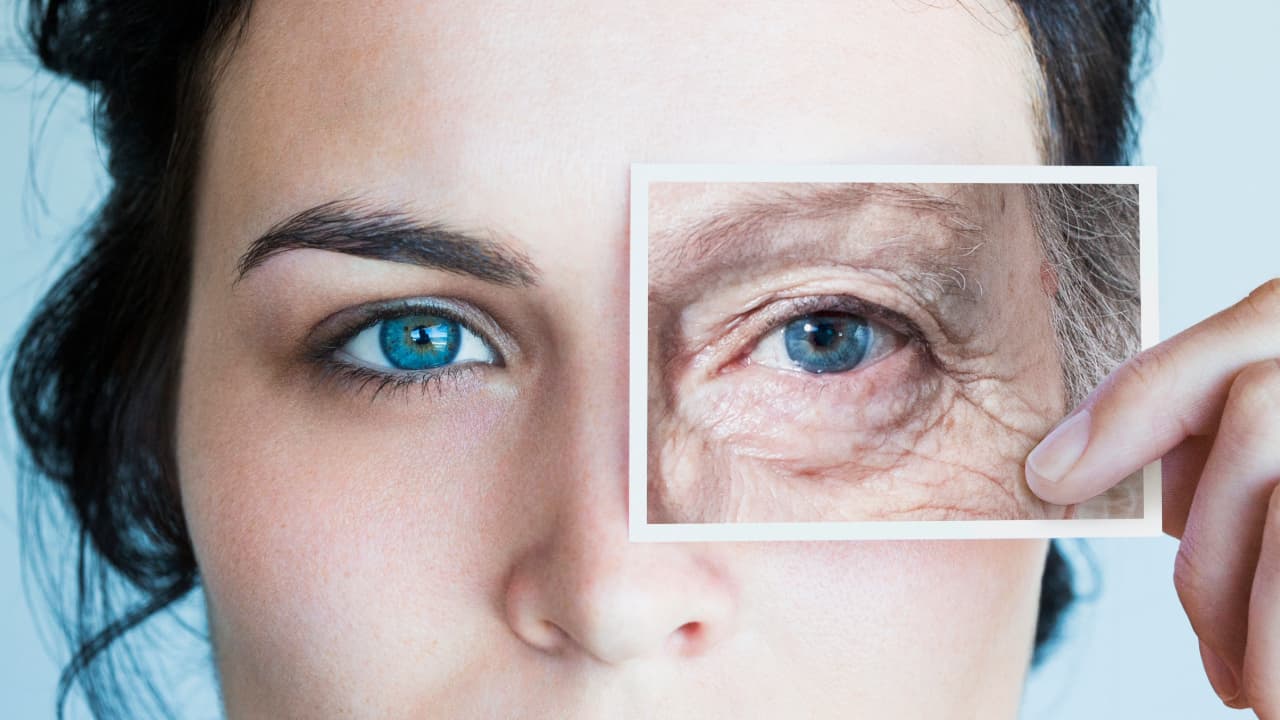Can we reverse age-related vision loss? A study on the ELOVL2 gene reveals a fatty acid treatment that improved eyesight, offering new hope for macular degeneration. Read now.
As we grow older, many of us experience changes in our eyesight. But what if it was possible not just to slow down this decline, but actually to reverse it? Scientists at the University of California, Irvine (UC Irvine) have been looking into this possibility. Their research focuses on a potential treatment that could slow down or even undo the effects of ageing on the eye. They are also hopeful that it might help prevent common age-related eye issues such as macular degeneration (AMD), which is a major cause of vision loss among older adults.
Dr Dorota Skowronska-Krawczyk, one of the lead researchers, and her team published their findings in the journal Science Translational Medicine.
What is the “Ageing” Gene?
The research builds on previous studies involving a gene known as ELOVL2. This gene is considered a marker of aging, as its activity changes with age. ELOVL2 plays a role in the production of certain fatty acids in the body.
Fatty acids are essential for many bodily functions, including maintaining eye health. Specifically, ELOVL2 helps create two important types of fatty acids: very-long-chain polyunsaturated fatty acids (VLC-PUFAs) and docosahexaenoic acid (DHA), an omega-3 fatty acid.
In past studies, the team found that when the ELOVL2 gene isn’t functioning well, vision declines. When they increased ELOVL2 activity in older mice, the levels of DHA in their eyes rose, and their vision improved. The new study aimed to achieve similar results without increasing ELOVL2 activity directly.
How Fatty Acids Affect Vision
As people age, changes in how the body processes fats lead to a decrease in VLC-PUFAs in the retina, the light-sensitive part of the eye. This loss can harm vision and contribute to diseases like AMD.
The researchers gave older mice injections of a specific fatty acid, one of the VLC-PUFAs, and observed that their vision improved. This served as an exciting “proof of concept,” showing that injecting this fatty acid might someday be used to treat age-related vision loss.
Interestingly, when the mice were given DHA alone, their vision did not improve. This supports earlier doubts from other scientists about whether DHA by itself is effective in slowing AMD.
A Genetic Link to Eye Disease
The team also found some variations of the ELOVL2 gene that are associated with a faster progression of AMD in humans. This means certain individuals might be at a higher risk of vision loss due to their genetic makeup.
Dr Skowronska-Krawczyk says, “Now we actually have a genetic connection to the disease and its ageing aspect so we could potentially identify people at higher risk for vision loss progression.”
The discovery strengthens her belief that ELOVL2 is a crucial gene involved in aging and a key target for anti-ageing therapies.
Looking Beyond Vision: The Immune System
Dr Skowronska-Krawczyk is also collaborating with researchers at UC San Diego to explore how fat metabolism affects aging in the immune system. Their early results suggest that when the ELOVL2 gene isn’t functioning properly, immune cells age more quickly. This could mean that supplementing with certain fats might help slow down immune system aging as well.
The team also thinks their work could have implications for blood cancers, which are linked to immune system problems and aging.
What This Means for the Future
While this research is still in the early stages and has primarily been tested in mice, it offers hope that a simple fatty acid treatment could one day help people with age-related vision loss.
If future studies confirm these findings in humans, doctors might be able to offer injections or supplements to restore or maintain good eyesight as people age. This would be a major breakthrough for millions of older adults who struggle with vision problems.
